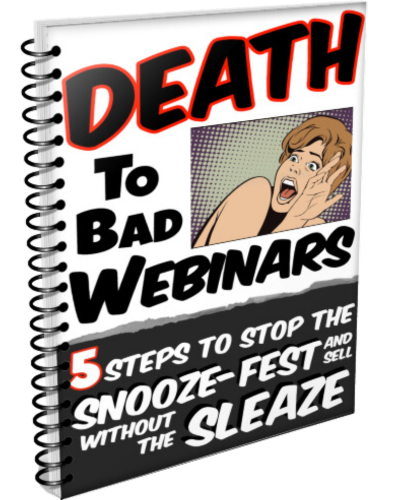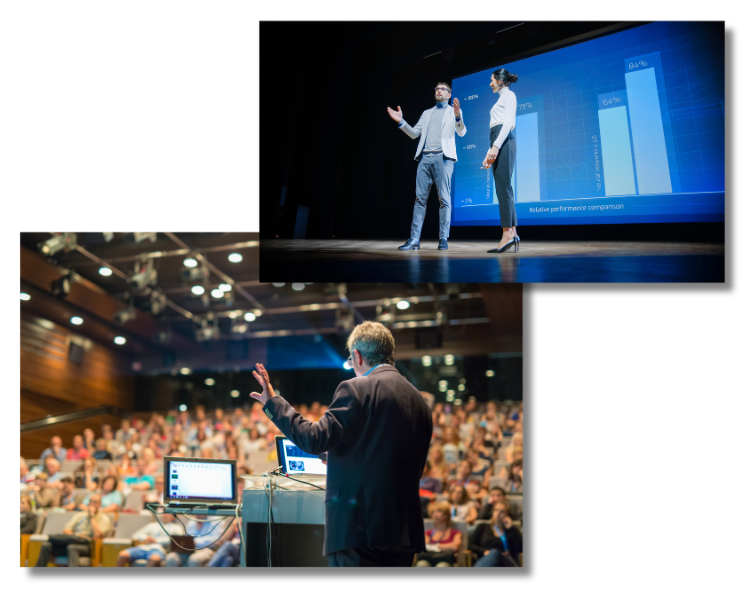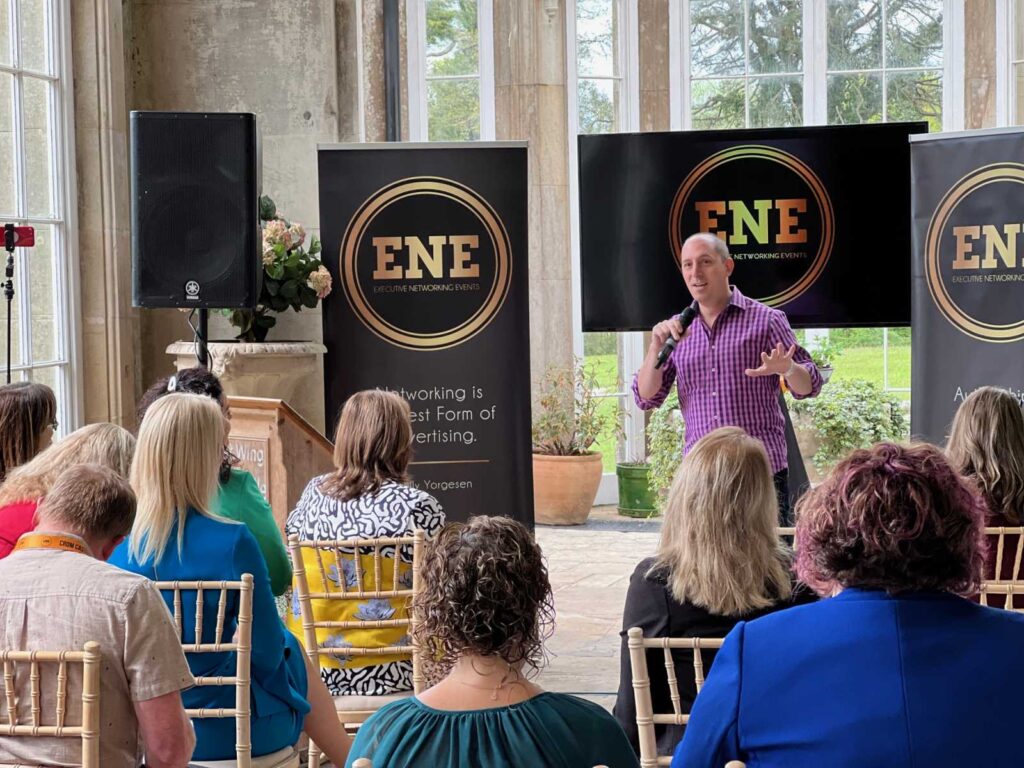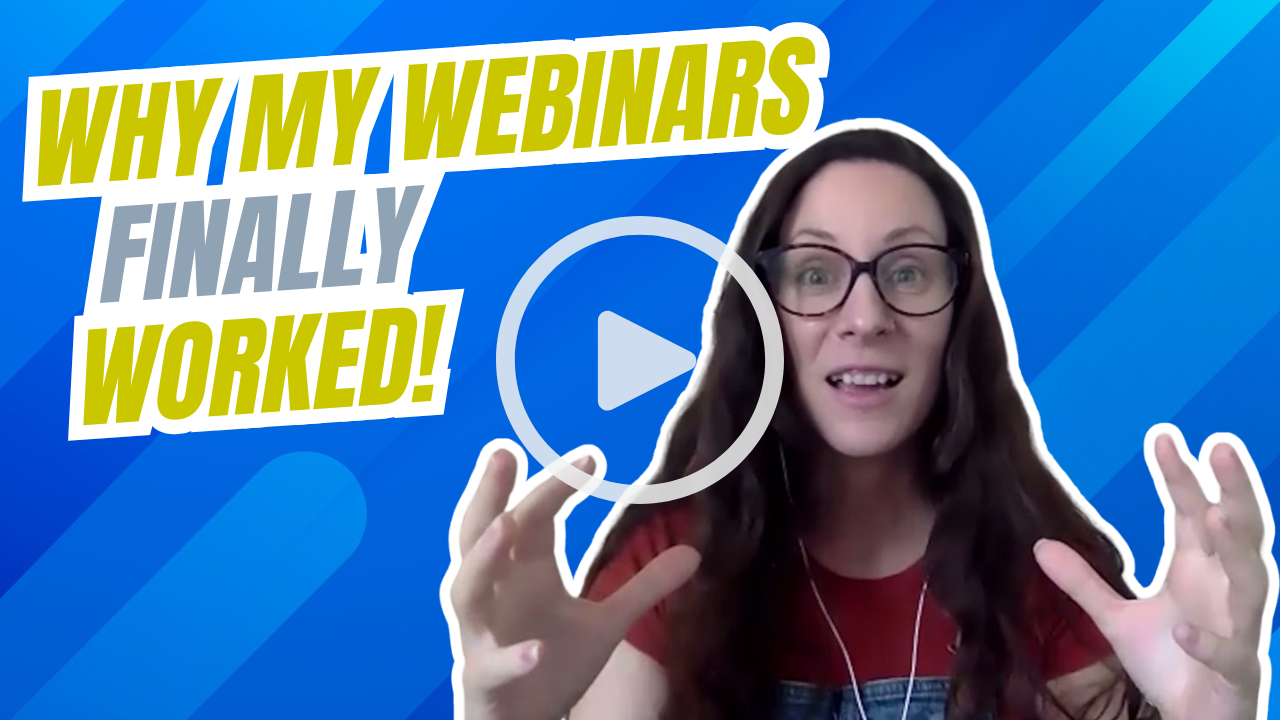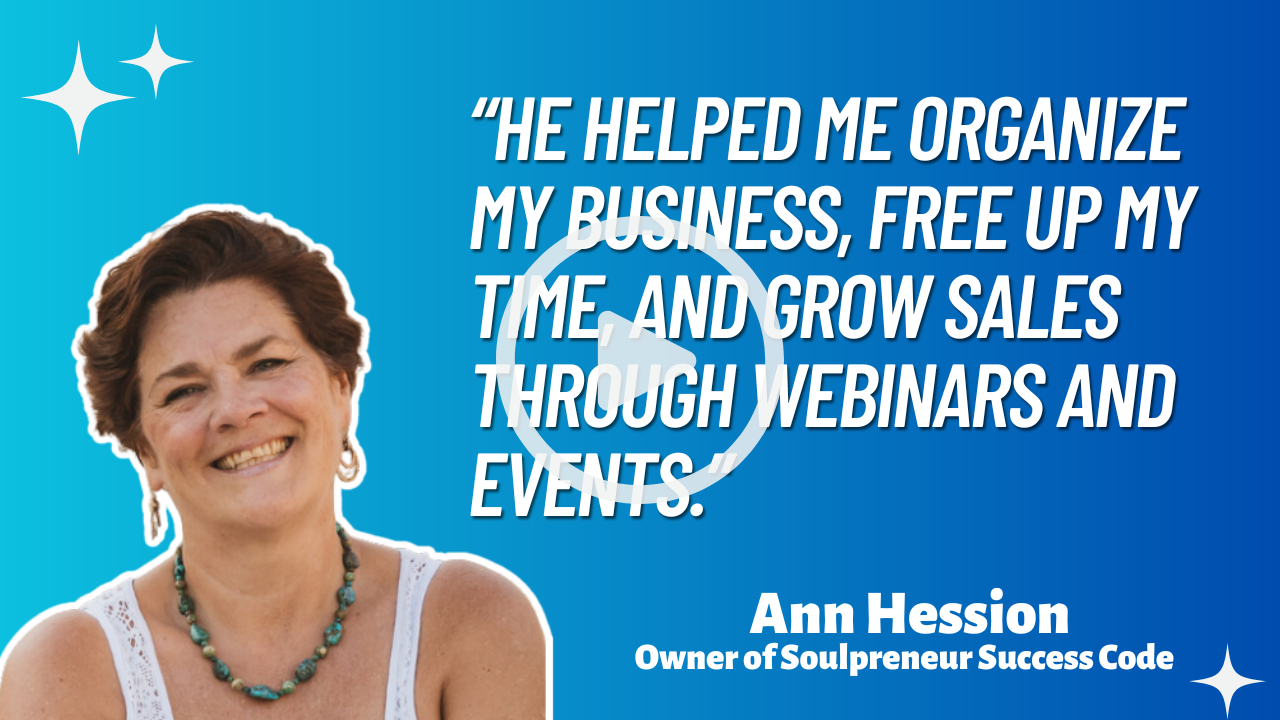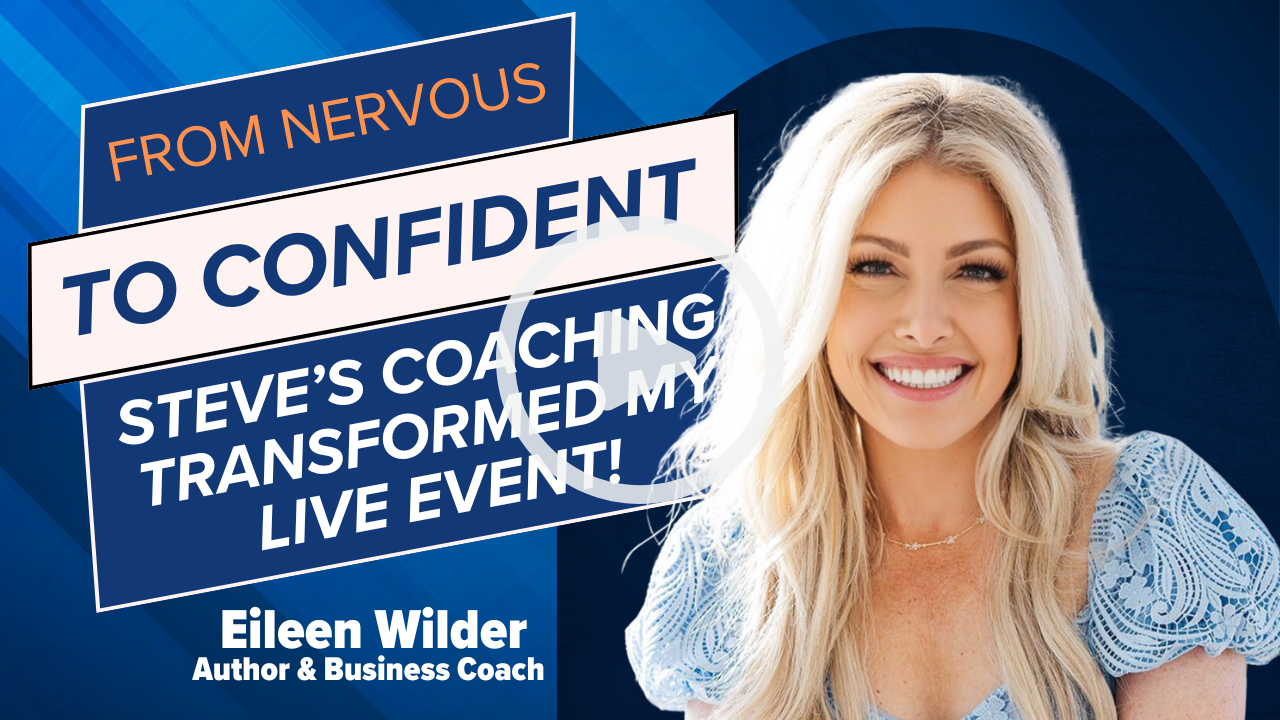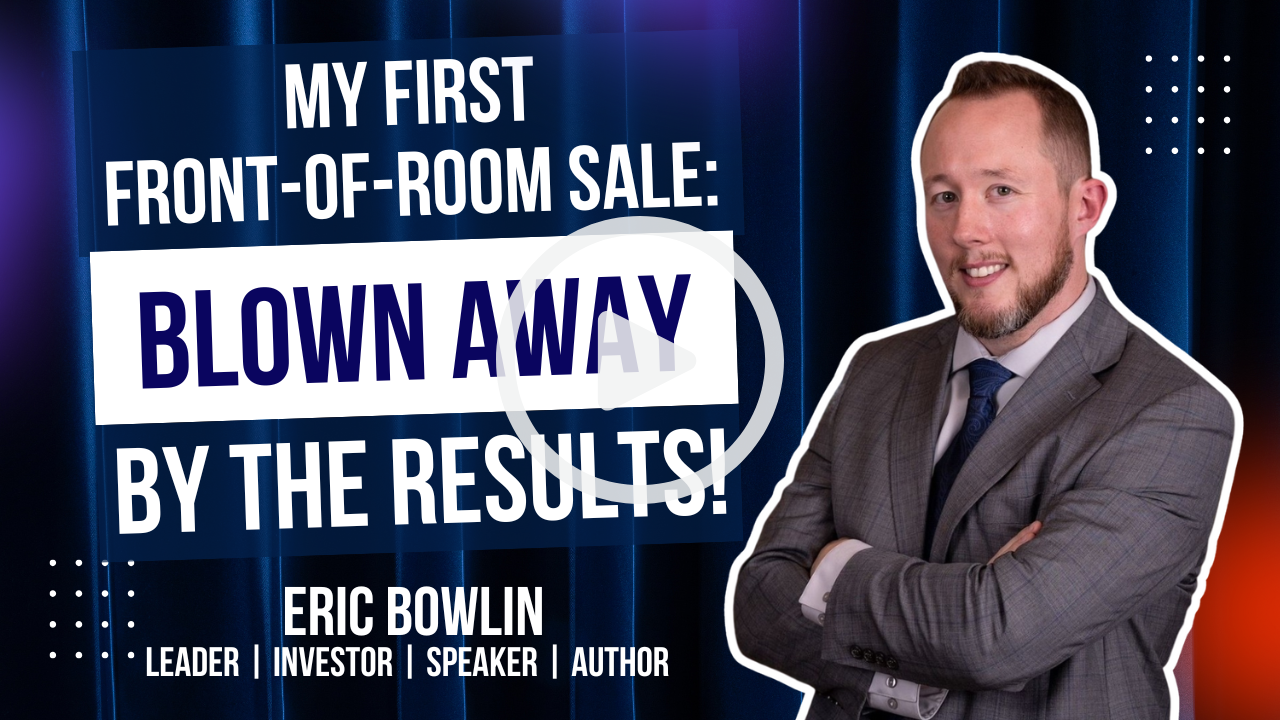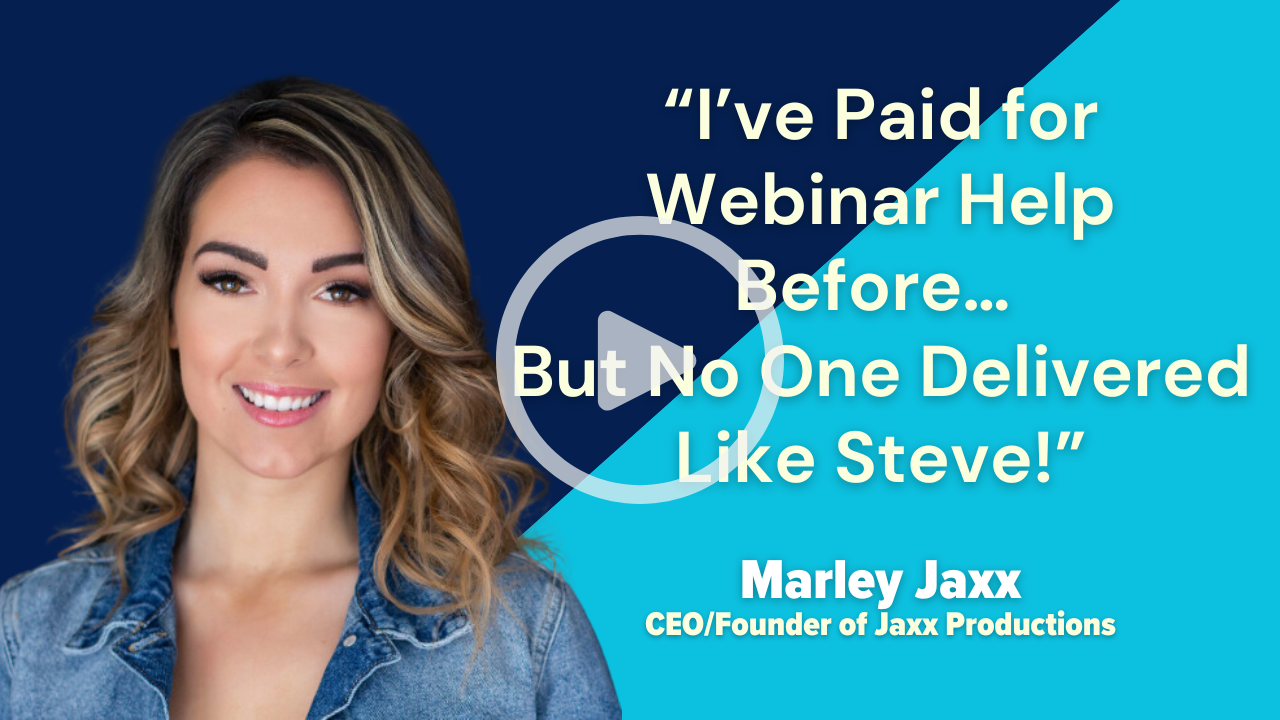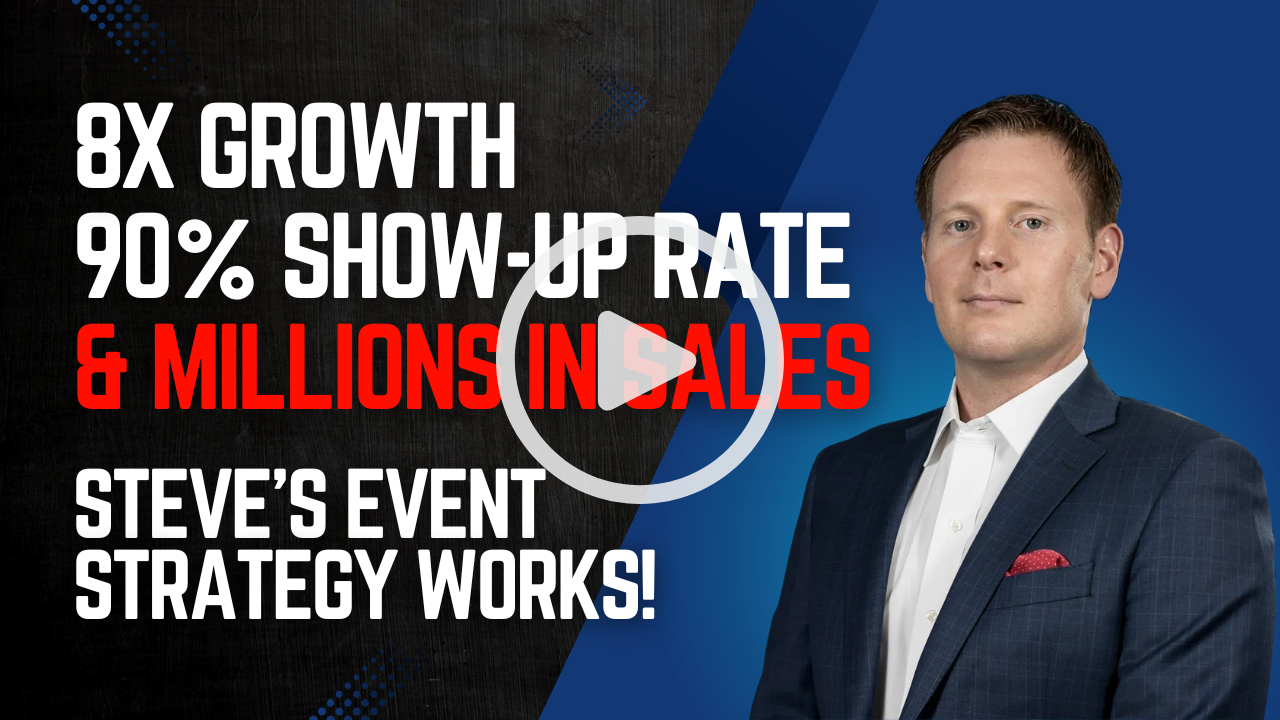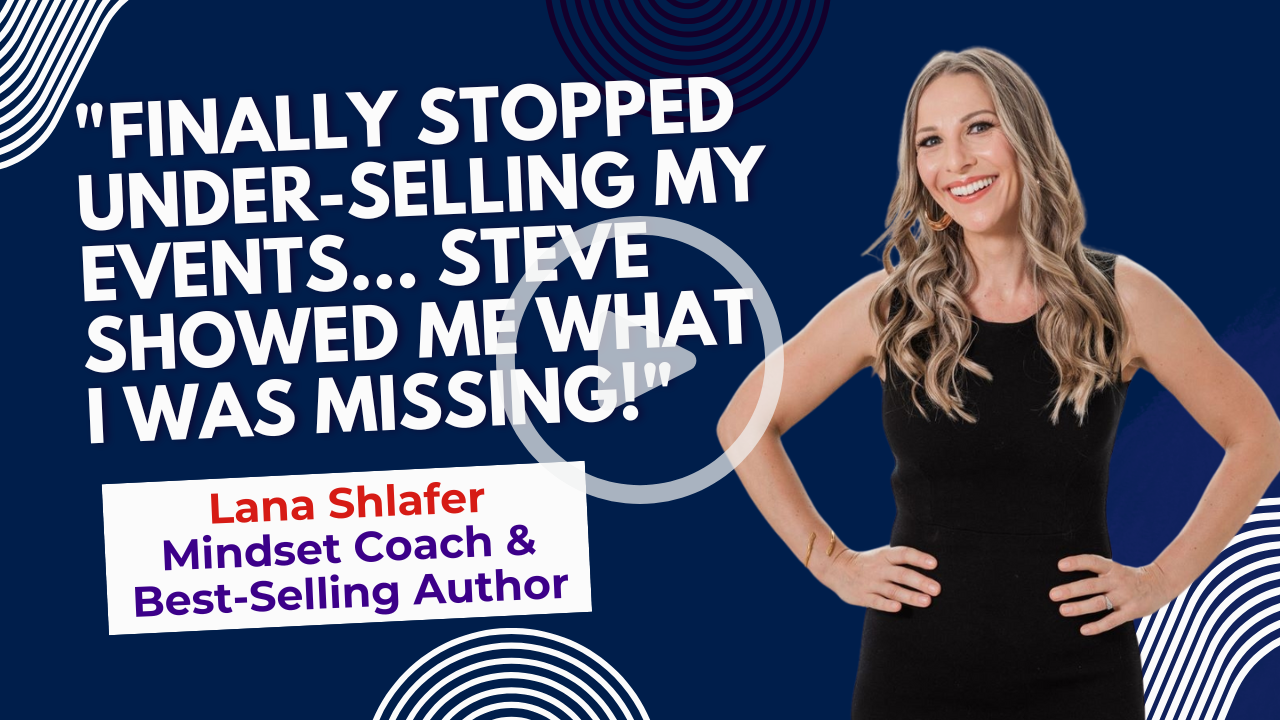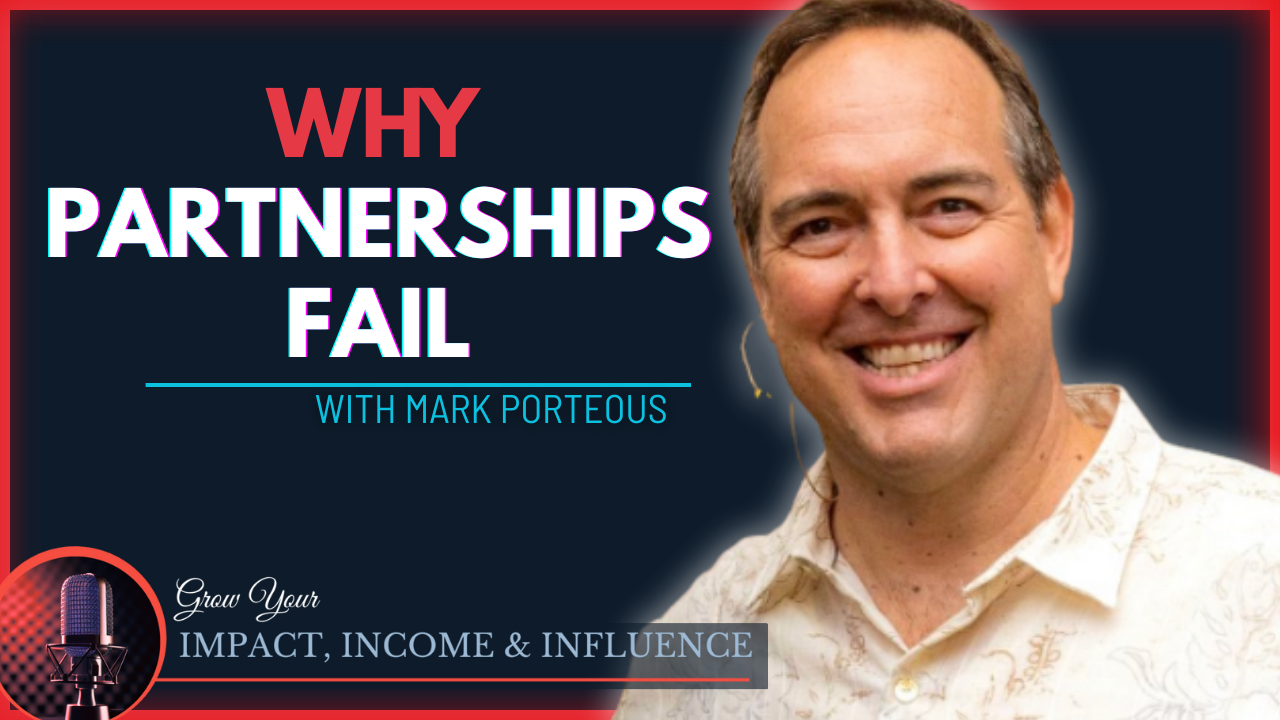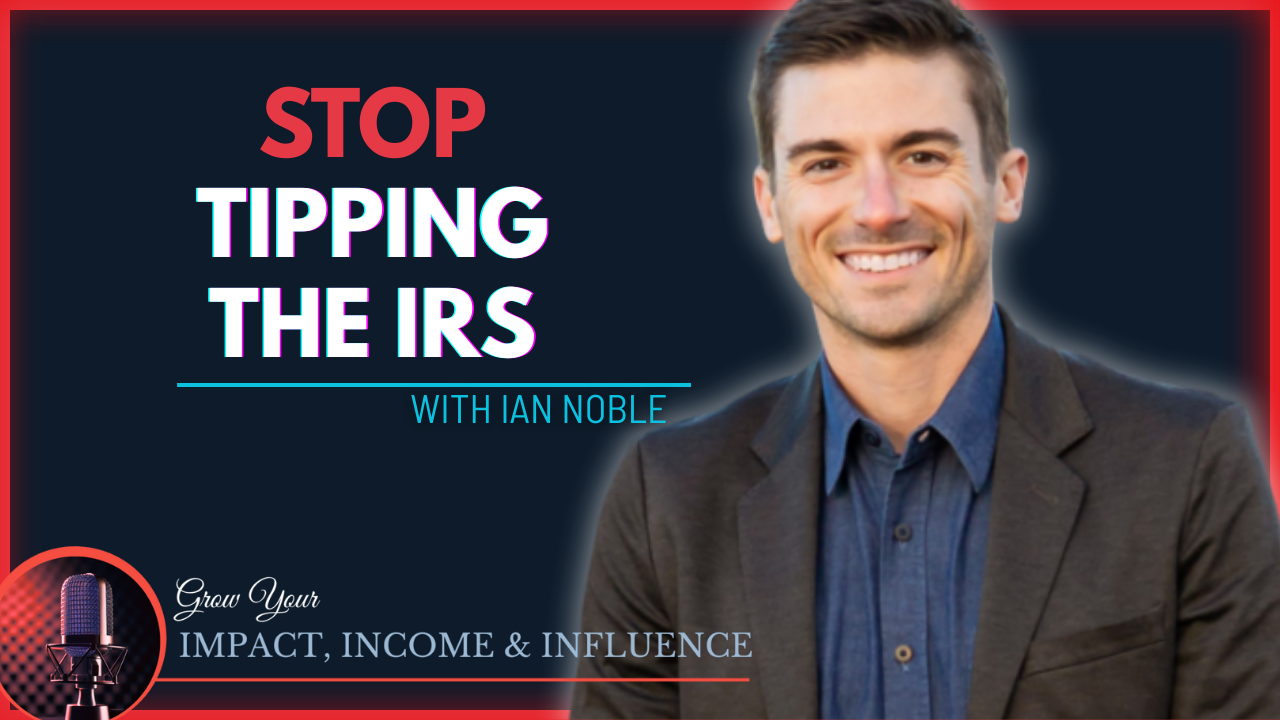Anyone can host a “great event.”
You know the kind—solid agenda, good food, polished keynote, applause at the end. But applause doesn’t equal action. Smiles don’t equal sales.

If you’re serious about scaling, building momentum, and actually moving your buyer forward, you need to stop thinking of events as content dumps—and start treating them as identity shifts.
This is where most marketers miss the mark. They plan around logistics. They obsess over run-of-show. But they don’t craft moments that flip a switch in their user’s head from “I’m interested” to “I’m in.”

Pop in your email below, and we’ll zip it straight to your inbox so you never lose it!
The Shift Buyers Are Craving
Events aren’t about information—they’re about transformation.
Your attendees don’t just want content. They want connection. They want clarity. They want to leave seeing themselves differently: not as a potential customer, but as someone who’s already taken the first step toward becoming one.
And if you want to capture that shift? You have to engineer it.
That’s where most events fail.
Enter: The Strategic Identity Shift
When you build your event with strategic intention—one that aligns with your buyer’s current challenges and desired future—you stop guessing and start guiding.
The smartest event strategy today is rooted in one thing: identity.
And the most effective way to do that? Leverage AI.
Let’s talk about what that actually looks like.
Why AI Isn’t Optional Anymore

The old way of planning events was all gut and guesswork. The new way? AI-powered insight.
When you use generative AI to analyze real-time audience behavior, segment responses, and predict drop-off points, you’re no longer flying blind. You’re designing with precision.
AI helps you:
Curate sessions around what actually matters to your audience
Identify specific metrics that show buyer intent
Reduce friction in your funnel
Deliver content in the format that resonates most
Future-proof your messaging in the face of shifting buyer behavior
And the best part? AI doesn’t replace the human element. It enhances it. It gives your storyteller the data-driven insight to move the room.
Use AI to equip your MCs, keynote speakers, and facilitators with the context they need to connect and convert.
Transform, Don’t Just Inform
A well-designed event transforms your buyer. It makes them see a new version of themselves—someone ready to act, to buy, to lead, to leap.
Here’s how to design for that shift:
Build every session around a cohesive narrative arc, not random tips
Use analytics to map the user journey from entry to purchase
Bring in partners that reinforce your value (not just pay for lanyards)
Bake in story-driven moments that signal change
Design channel-specific CTAs that move attendees into the next stage of your funnel
Most importantly: don’t wait until post-event to figure out what worked. Design it to work in the moment.

